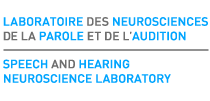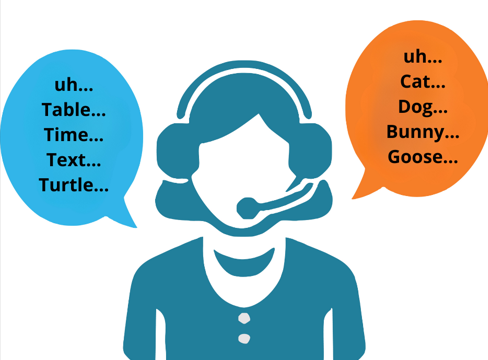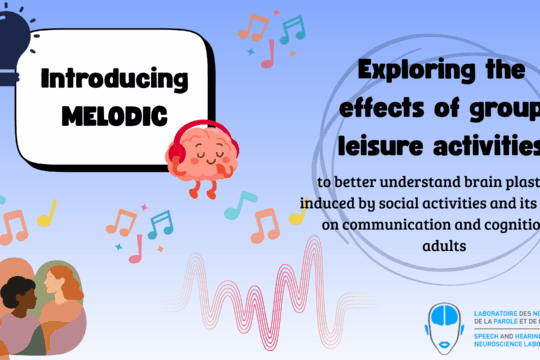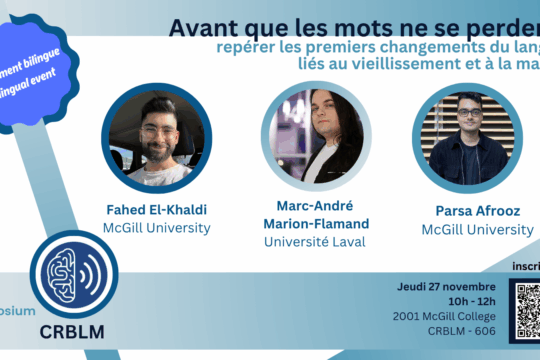Effect of Non-Invasive Brain Stimulation on Speech Perception in Noise in Adults
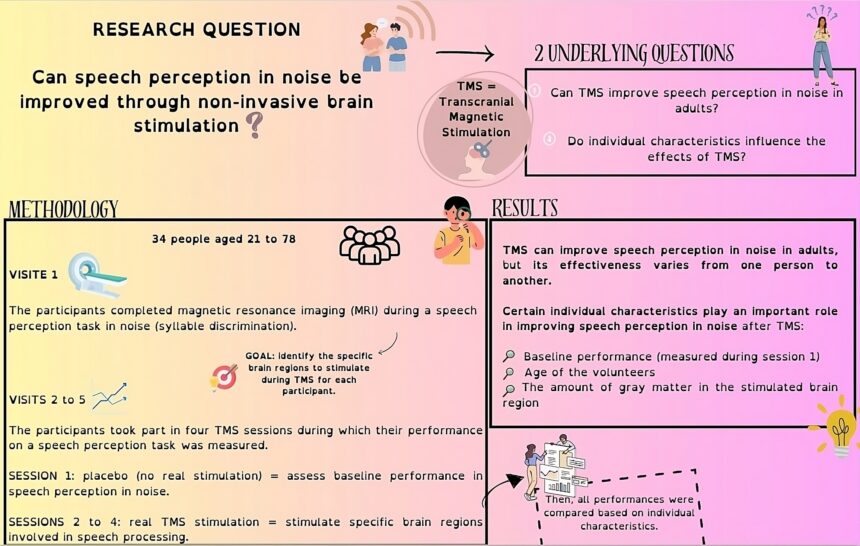
In 2021, we published our first scientific article on the use of transcranial magnetic stimulation (TMS) to improve speech perception in noisy environments among young to older adults. Click here to download the article: https://speechneurolab.ca/wp-content/uploads/2022/05/Brisson_Tremblay_2021.pdf
In our new study led, like the previous one, by Valérie Brisson as part of her doctoral thesis (now completed!), we aimed to confirm our initial findings and answer two main questions:
- Can TMS improve speech perception in noise for adults ?
- Do individual characteristics (such as age, sex, or brain structure and activity) influence the effects of TMS ? In other words, are certain groups of people better candidates for this technique ?
This new study was recently published in the Journal of Cognitive Neuroscience. Here are the main points of the study.
Methodology
Thirty-four people aged 21 to 78 participated in this experiment.
During the first visit, volunteers underwent magnetic resonance imaging (MRI). This technique allows for high-quality images of the brain (e.g., gray matter, white matter, and brain activity). For more information about this technique, please refer to this article: https://speechneurolab.ca/en/magnetic-resonance-imaging-mri/. As part of this study, we measured the gray matter in three regions involved in speech processing (Figure 1). We also measured the brain activity of volunteers while they performed a speech perception task in noise. This task involved determining whether pairs of syllables (e.g., /baf/ — /bif/) presented with background noise were identical or different.
With the MRI, we were able to identify the specific regions to stimulate for each person, based both on individual brain anatomy and brain activity patterns during syllable perception.

Then, the volunteers visited the lab to participate in four TMS sessions on two separate days (see Figure 2). One of these sessions was a placebo (i.e., without real stimulation), which allowed us to assess baseline performance in speech perception in noise. The other three sessions aimed to enhance synaptic efficiency in three brain regions involved in speech processing: the left ventral premotor cortex, the left superior temporal cortex and the left superior temporal sulcus. After each session, performance on the speech perception task in noise was measured. We compared performance across the four sessions and related it to the volunteers’ characteristics (e.g., age, sex, brain structure) using statistical models.
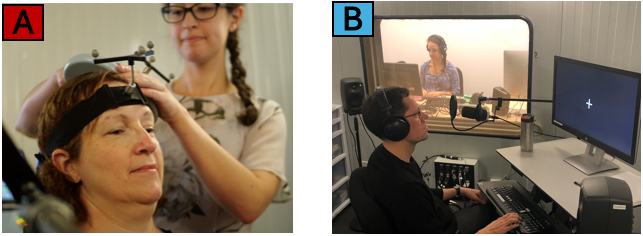
Main Results
The results show that TMS had a variable effect on speech perception performance in noise. While some participants showed significant improvement (+10%), others remained stable. To better understand who is more likely to benefit from this technique, we examined several factors: age, sex, initial difficulties in speech perception in noise (assessed after the placebo session), brain structure, and brain activity.
Statistical analyses revealed that volunteers with lower baseline performance improved more after TMS sessions. We observed the same effect in our previous study (Figure 3). The age of the volunteers and the quantity of gray matter in the stimulated region also played a significant role in the improvement following TMS.
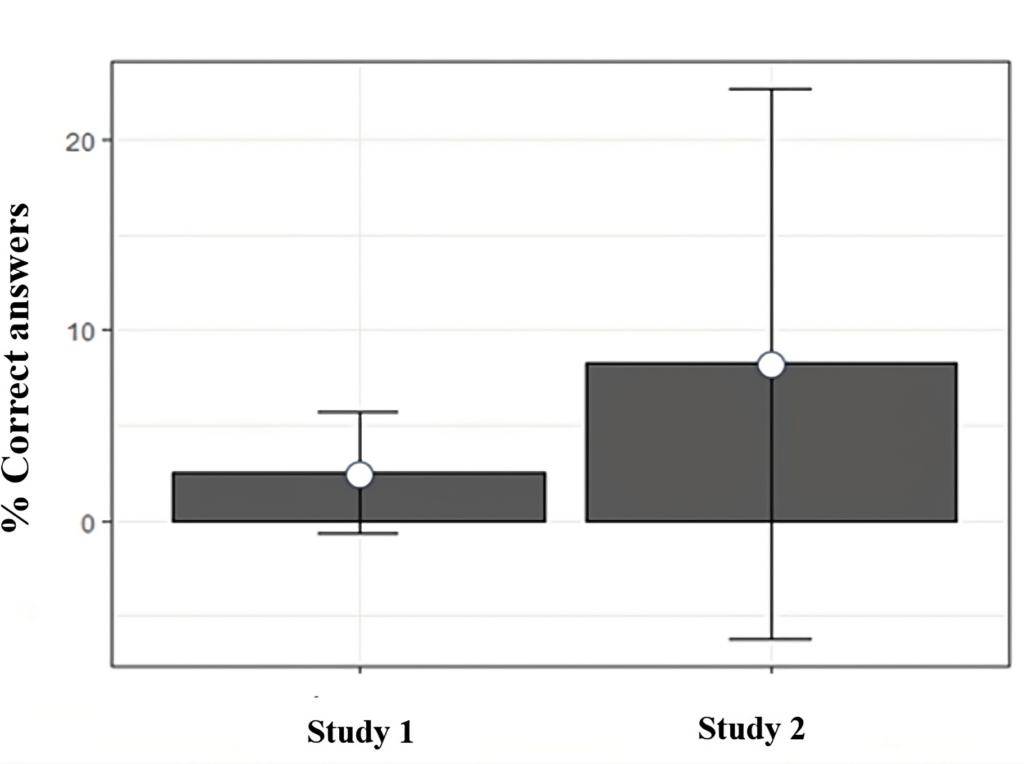
In conclusion, our study confirms that TMS can improve speech perception in noise, although its effectiveness varies from one person to another. Further studies are needed to determine whether this technique can, in the long term, reduce difficulties in understanding speech in noisy environments, and to identify the best candidates for this type of intervention.
These two studies, led by Valérie Brisson as part of her doctoral thesis, are integrated into her dissertation, which is available in full on Corpus UL: https://corpus.ulaval.ca/server/api/core/bitstreams/f56e046b-82bb-4f94-ac5a-85edf140272e/content
Happy reading!
Suggested readings :
- Speech perception: a complex ability
- Valérie’s thesis article accepted for publication!
- Thesis presentation of Valérie
- Combining MRI and EEG with brain stimulation: An ambitious project!
- Transcranial magnetic stimulation (TMS)
- Speech Perception in Noise: Facilitatory Mechanisms of the Peripheral Auditory System
- New Scientific Article on the Impact of Singing on Brain Networks
- The cocktail party explained
- Can musical practice improve listening to conversations in noise?
- NeuroSPiN Project—Start of Data Collection
- Audiology and the work of audiologists
